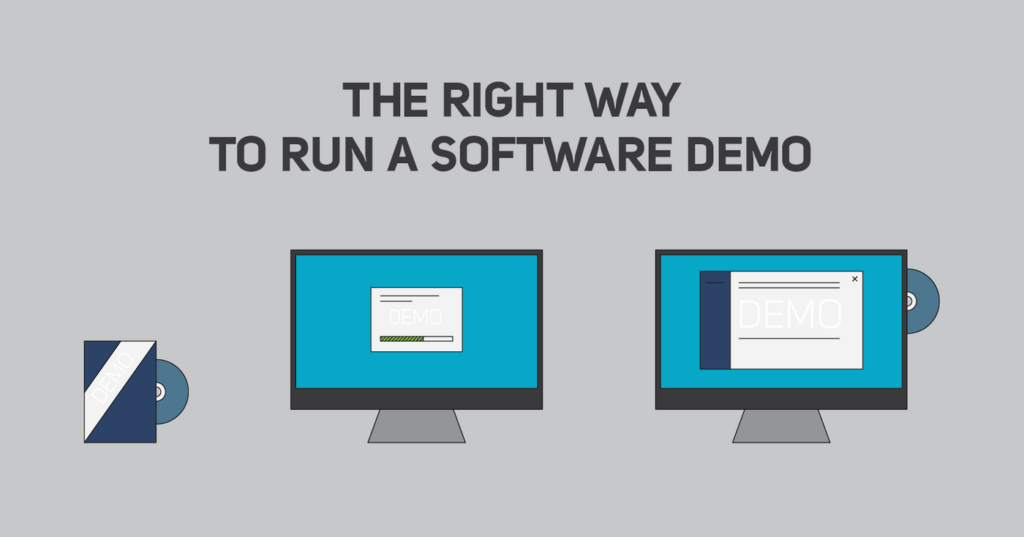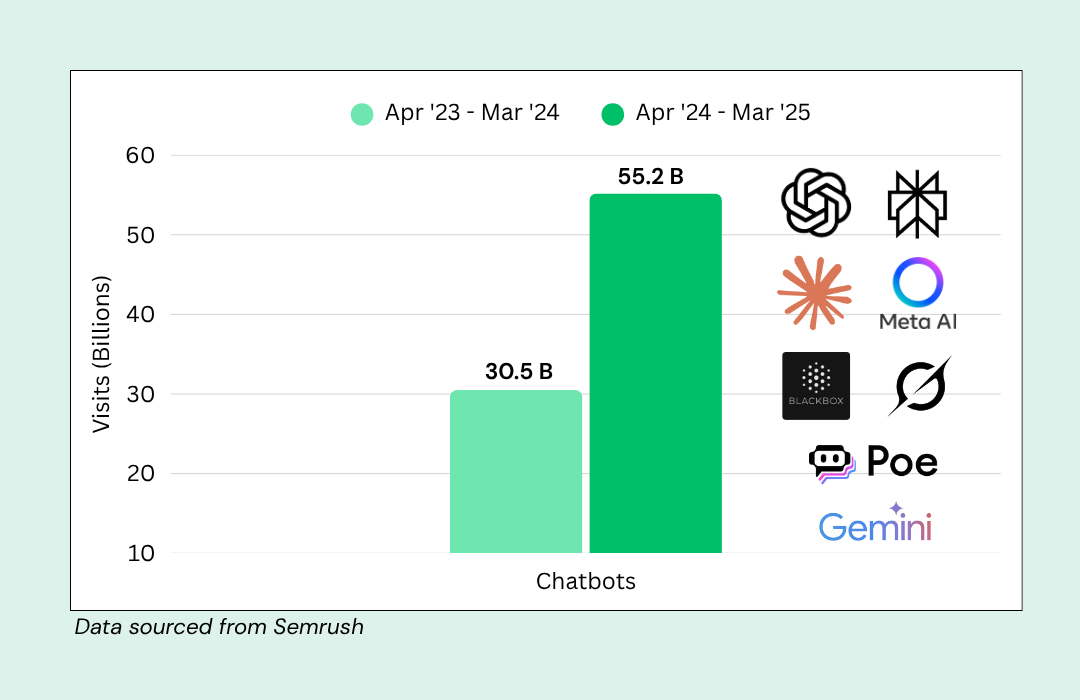Whether you’re selling a simple small business application or an enterprise grade software platform, the product demo is a significant component of the sales process and can make or break you. The problem is, most sales people do a lousy job of running a demo.
The sequence that is typically followed is one that is geared towards showing all of the features and functionality of the product. However, the most effective demos are ones that are built off of an agenda that addresses the prospect’s challenges and goals and demonstrates a clear path to achieving business results.
Building The Right Agenda
Good software demos should be broken down into multiple phases and follow a very specific sequence.
Phase One:
The prospect’s current state (challenges, processes, etc.) are clearly outlined. Not only should this information be outlined but the business implications of these challenges should be outlined as well. This phase is extremely important in framing the entire conversation and setting the tone for the demo moving forward.
Phase Two:
One by one, each goal and or challenge that was uncovered during the discovery phase is restated and followed by a walkthrough of how the software will address that challenge or help achieve that goal. It’s important to start with the biggest challenge or objective first and go from there.
Phase Three:
Finish with a depiction of the “end-state” and the business results that will be achieved. Look to enhance this phase with projections around things like potential cost reductions, increased efficiencies, and of course overall return on investment.
Throughout these three phases, sales reps should find opportunities to provide valuable insight as well as show how existing clients who had similar challenges and goals are using the software to address those and what results they’re subsequently seeing.
Don’t forget to…
a. Use Slides & Graphics
Using slides and graphics will allow you to more clearly convey key points around challenges, goals, and potential results. As is the case with all good presentations, when adding slides to your demo it is best to minimize the amount content on each slide, and use visual depictions whenever possible.
b. Control The Conversation:
When involved in a demo, prospects often get “featuritis” and become overly hung up on the perceived need for features beyond the scope of what your software already offers.
When this happens, it is imperative that sales reps steer the conversation away from features and functionality and back towards alignment around the bigger picture goals. Prospects may ask “Will the platform do this?” and “Can this feature be customized?” If the feature in question doesn’t exist the typical response has always been to answer “no” and pray the deal won’t be lost, or beg the product team to accommodate the prospect’s request in the interest of getting the deal closed.
The correct response should instead be “What are you looking to achieve in adding this feature?” During a demo the most effective dialogue is always one that is focused on the bigger picture NOT on specific features.
A well thought out and carefully planned software demo that follows an agenda tailored to your prospect’s challenges and business goals will go a long way in creating differentiation and a competitive advantage. And by taking the focus away from features and functionality and reframing the conversation around overall business benefits you will avoid commoditizing your product, command higher average selling prices, and most importantly win more deals.







